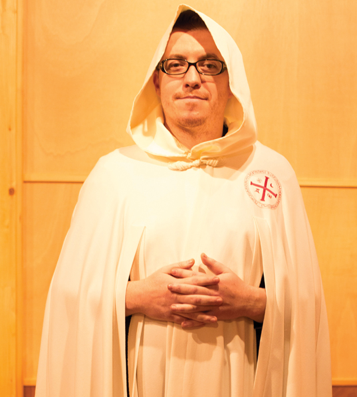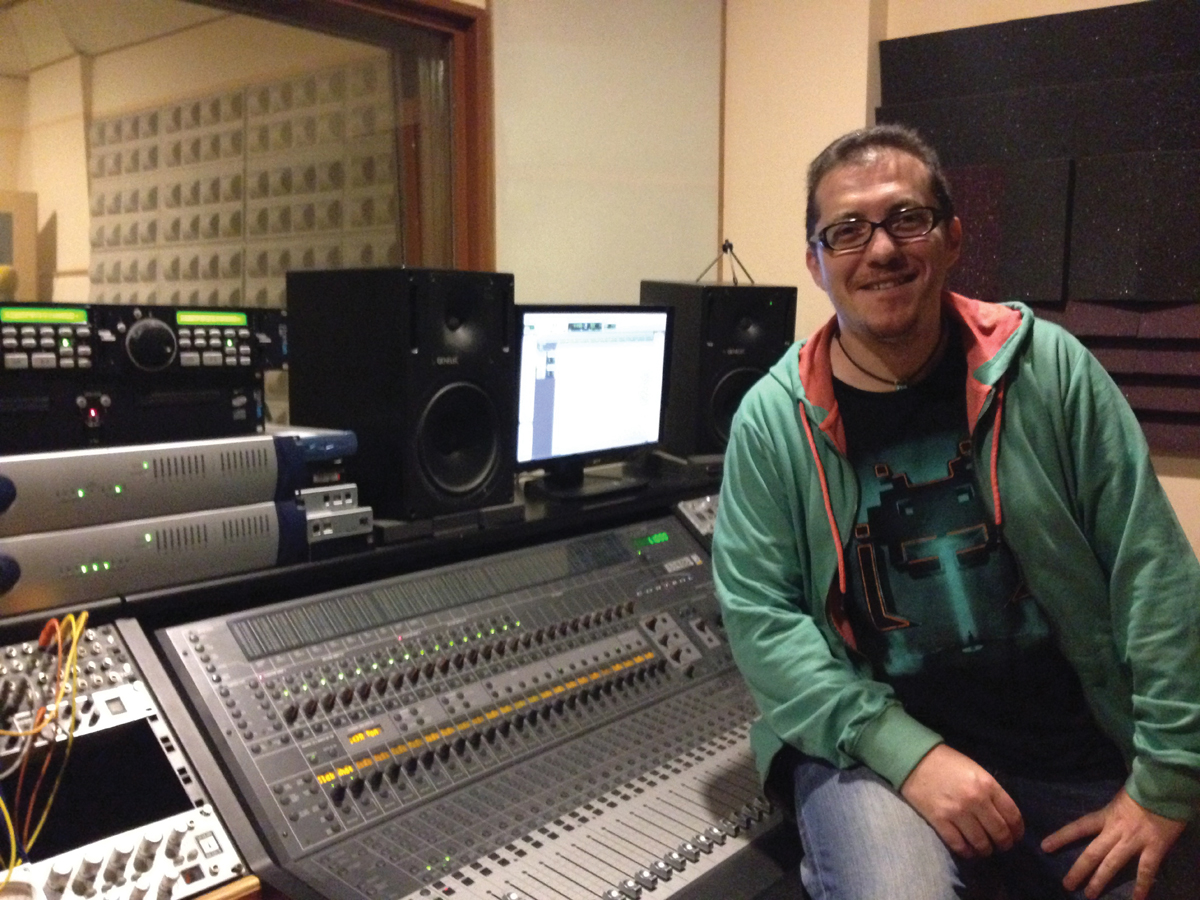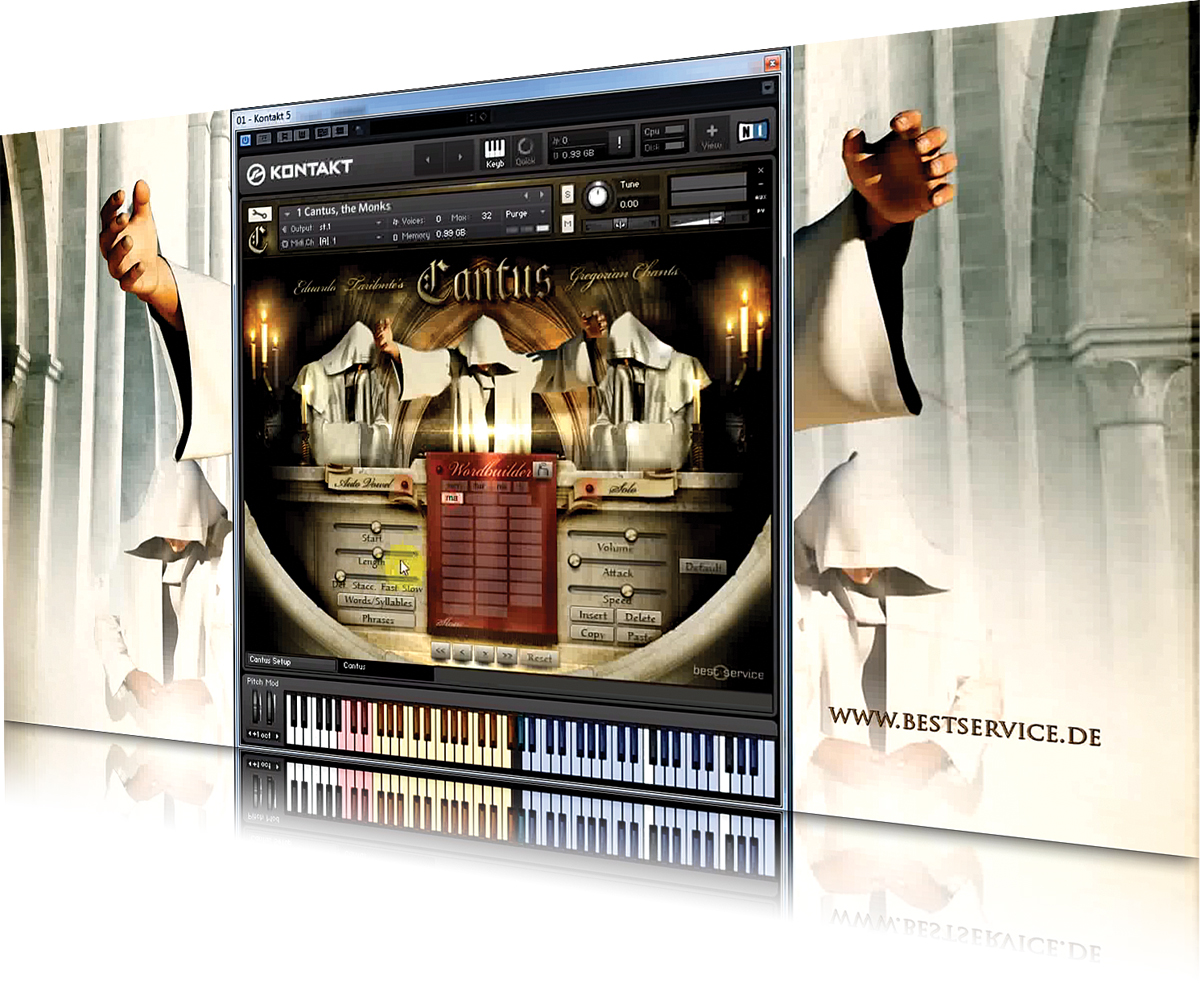Eduardo Tarilonte Interview – Part Two
We continue our interview with Eduardo Tarilonte… MT: Talk us through at least one of your production tricks or processes that you tend to use most often and that perhaps defines your sound over others… ET: There are no real tricks besides recording exactly what you want. The most important thing I have learned is that […]

We continue our interview with Eduardo Tarilonte…

MT: Talk us through at least one of your production tricks or processes that you tend to use most often and that perhaps defines your sound over others…
ET: There are no real tricks besides recording exactly what you want. The most important thing I have learned is that the recordings are the most crucial thing in developing a sample library.
Another vital element is keeping in mind that recording samples, although it is sometimes boring, must be like playing music. You must always remind the player that he has to play every single sample as if he were playing a beautiful melody. Capturing the soul of the player is extremely important when you put all the pieces of the puzzle together in the final stage. If you record something without soul you will get a robotic sample library. If I had a secret, it would definitely be capturing the soul.

MT: What is on your studio gear wish list?
ET: Well, I am the kind of person that doesn’t need everything in order to be happy, but I would love a big Avid mixer/controller.

MT: What would you like to see developed in terms of studio technology and why?
ET: I would love to see some kind of advancement in terms of WAV manipulation to create even better virtual instruments. In my opinion, Kontakt scripting and Melodyne have been the most innovative tools in the past years for such a task.
MT: Tell us about your latest release, Mystica…
ET: I’ve always been a Gregorian choir lover. When I started developing sample libraries in 2005, one of my first dreams was to record a true Gregorian monk choir, but at that time I didn’t have enough resources to do it, nor the experience I have now.
After releasing Cantus: Gregorian Chants I thought about doing the same but with a female choir. The most important point about Mystica is that it is incredibly versatile. It has a unique and absolutely evocative tone. There are too many libraries with epic choirs, but none with that emotional yet epic feeling.
Besides the beautiful sound and possibilities it offers to a composer, I am especially proud of how the true legato sounds. Mystica is amazing working standalone, but when blended with Cantus you have an unbelievable choir sound. A dream come true.

MT: Tell us a little about your process…
ET: The first part is having an idea. I like to think of sample libraries as a book of adventures or a movie. It must tell something, express an idea and a feeling, from the cover design to how you will be touched when you play the first notes on your keyboard. I don’t like releasing just a bunch of samples and instruments.
Once I have the idea and a title for it, I start looking for the players carefully. I need to record a player that really understands what he or she is doing and who is able to transmit their deepest feelings to every single sample. Finding the right musician is probably the most time-consuming task.
The recording sessions are always thrilling and scary at the same time. If you fail, there is nothing you can do later. I am always nervous. I don’t like tweaking samples, so the recordings must be clean and perfect. Once the recording sessions are finished and okay that’s when I am sure the sample library will be finally released.
After that comes the most tedious and boring part: editing samples. It’s endless. You can do it fast if you’re skilled from years of
experience, but you also must listen to every sample again to make sure everything is fine.
Once the edits are done, mapping and programming is next. That’s my favourite part: you can start to listen to how the instruments sound and get an idea of the final result.
While all these parts of the process are happening I also take care of the cover design and the interface, so they are ready when the instruments begin to be programmed. It’s a huge effort in terms of work and money and also a risk, since you won’t know the final result until almost the end of the whole process. But you know, no risk, no glory!
The Recording Process
Eduardo has experienced all sorts of recording situations. Here he details some of the specific methods he uses when recording vocalists…
MT: You must have used a variety of vocal recording techniques along the way. Tell us about your most commonly used method, and about some other techniques that you’ve learned…
ET: For solo voices I like just one close mic to capture every nuance. For choirs, I use different mic positions that are mixed at the end. There is no general rule, you have to go there and test which one is better for the sound you want to capture. One of the things I have learned is that close mic’ing, while great for capturing the real sound, is not always the best method since you can get more unwanted noises from the instrument than you would expect.
Recording samples is not the same as recording for an album. It must sound good out of the box, must be clean, and must be perfect. So my advice is to take all the time you need trying some different mic positions before recording in order to make sure you get the right sound.
MT: What is the biggest challenge you face when recording the collections and why?
ET: Recording vocals is always challenging. The singers don’t always have perfect voices, and their voices don’t sound the same after long recording sessions, and that’s a real problem – I am always paying special attention to that. No matter if you record two different notes on a Monday and Wednesday, they have to sound the same when you play them on your keyboard

I am always concerned about that fact and I am extremely careful about it. Every hour I go back and check if the sound is still exactly the same. That also happens with some ancient instruments because of reed humidity and other factors.
MT: We’re huge fans of not just the vocal parts but also the soundscapes. Tell us how these were put together and the inspiration behind them…
ET: I have always been a fan of new-age music and was fascinated with how inspiring the sound textures could be. When I make a soundscape I have two things in mind: it must sound natural, and you must travel to an imaginary place when you play it.

I started making soundscapes because I had the feeling that most of the synth pads were too electronic. My soundscapes always have to be at least 70% natural sound. The synth part is just to add power and magic to it.
MT: Which of your collections are you most proud of and why?
ET: That’s a tough question! I would say Forest Kingdom because it is full of amazing and inspiring sounds; Era because you can find unbelievable ancient instruments; Desert Winds because of its duduk with six different true legatos; Cantus because it’s absolutely inspiring; and Mystica for the same reason and because of its beautiful true legato. But there is no collection I am not proud of, otherwise it wouldn’t have been released.

MT: Finally, what have you got planned for the near future?
ET: Although I still want to release more vocal libraries, what’s next is Era 2 [sequel to Era: Medieval Legends]. It’s gonna be a huge upgrade not only in terms of new instruments and sounds, but also the new Engine player version which, among other things, will improve the user interface.